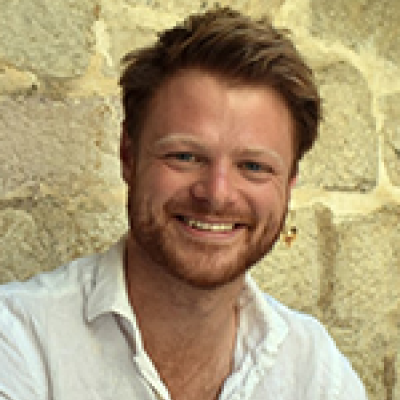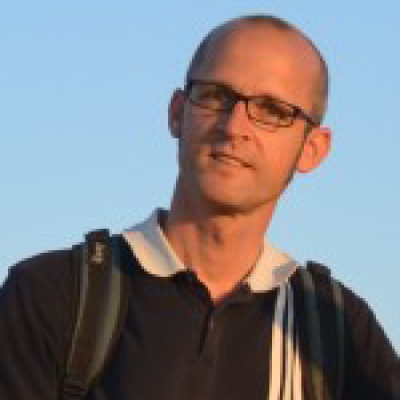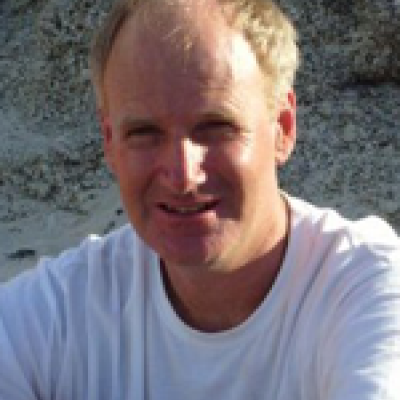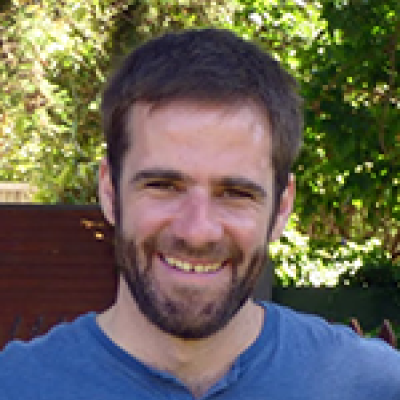SoGE research in North-west Zambia: DRYCAB Project
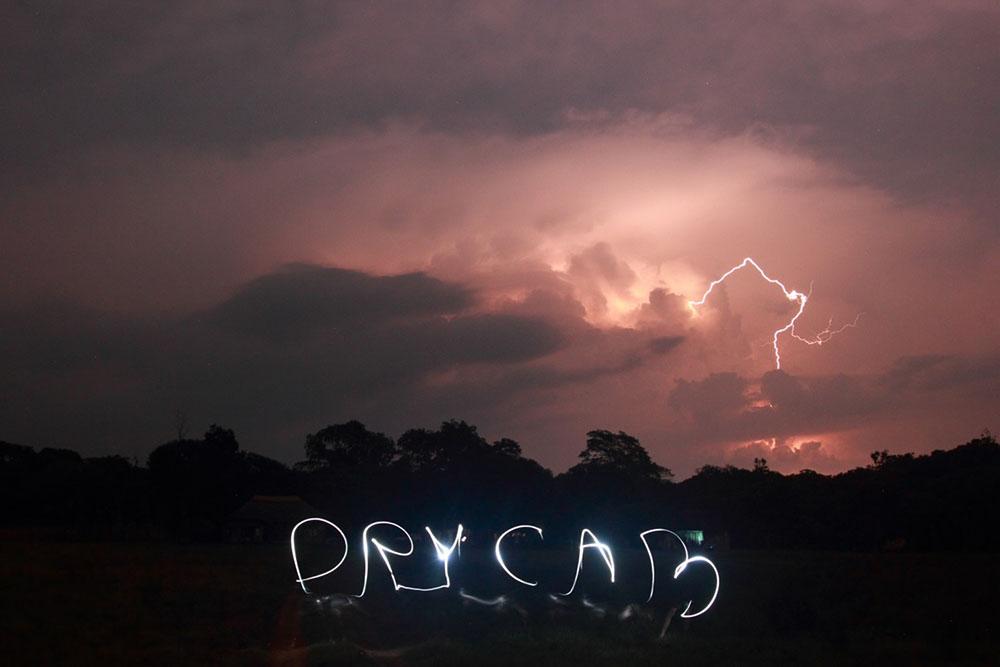
Climate change is expected to impose a considerable burden on the southern African region as it is one of two land-based areas of the planet where large-scale drying is projected to occur in future decades. A lot of the early summer drying is expected to result from the late onset of the rains after the six month long dry season. However much of what we know depends entirely on models rather than observations. In an effort to sharpen our understanding, a team from Oxford joined up with the Zambian Met Department from August to November 2022 to compile a comprehensive dataset on the onset of the rainy season as part of the NERC funded DRYCAB project.
The Oxford team comprised two second year undergraduates, Alice Jardine and Chris Edmunds, who were generously supported by Royal Geographical Society awards and the Keble Association and two new graduates from our BA programme, Charlie Knight and Kitty Attwood. Both Charlie and Kitty have just started their DPhils. Joining them in the field were DRYCAB project postdoc, Dr Callum Munday, Dr Sebastian Engelstaedter, Prof Richard Washington, project PI and Dr Emma Howard. Emma's DPhil, completed in SoGE in 2019, underpinned the DRYCAB project theory and was awarded the prestigious Royal Meteorological Society Malcolm Walker prize. Meanwhile, back in Oxford, Dr Neil Hart and DPhil student Sophie Harbord, provided real-time weather forecast and climate model analysis, some of which was produced by our project partners at the Met Office. This team also joined forces with several third year undergraduates whose dissertations are aligned with DRYCAB.
The fieldwork involved setting up two Lidar systems, one at Solwezi and one at Sakeji Mission School near Ikelenge in far NW Zambia. A total of 800 radiosondes were also released on a 3-hourly timetable, 400 at Nchila (about 3 km from Sakeji) and 400 from Solwezi. A string of AWSs was established in an arc between the two core sites of Nchila and Solwezi. The Oxford field team was based at Nchila where they enjoyed peaceful surrounds without electricity for two months. The Zambian Meteorological Department ran the radiosonde station and Lidar system at Solwezi under the able leadership of Wallace Kasongo.
The Oxford team is deeply indebted to Edson Nkonde, Director of the Zambian Meteorological Department and his deputies Mr Felix Imbwae and Col Rodney Mulenga. Many thanks to Mark Ronald and Doug Hanna at Sakeji School and to Pete Fisher, Hillwood Farm.
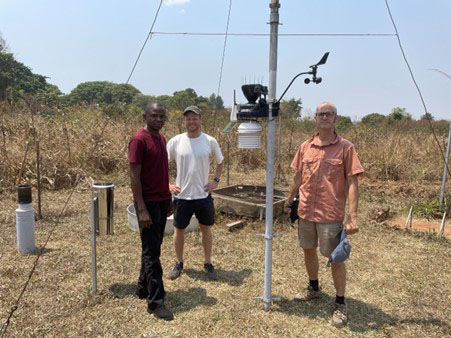
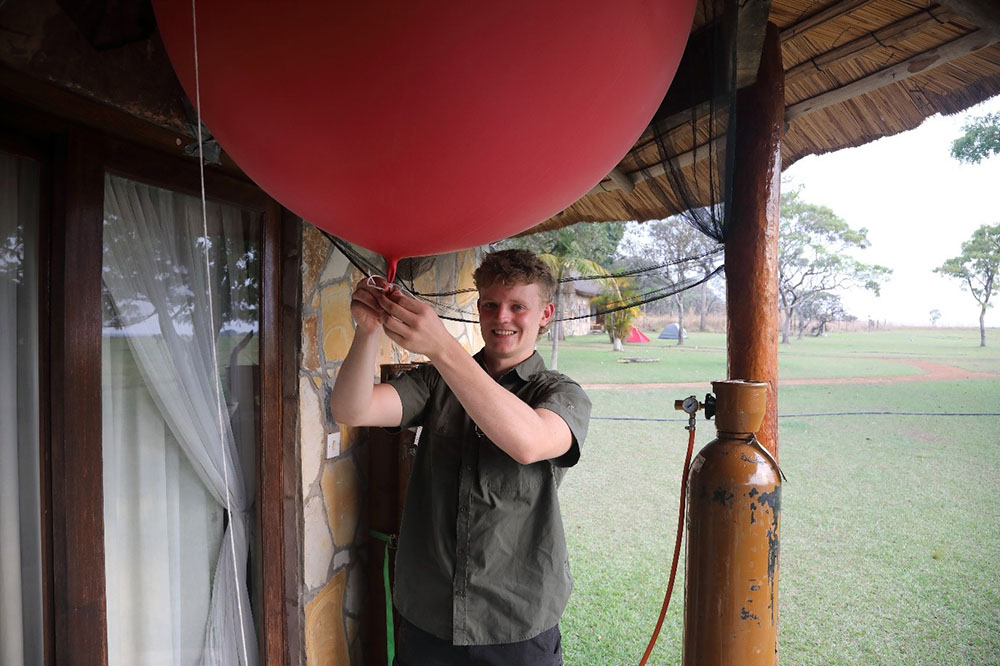
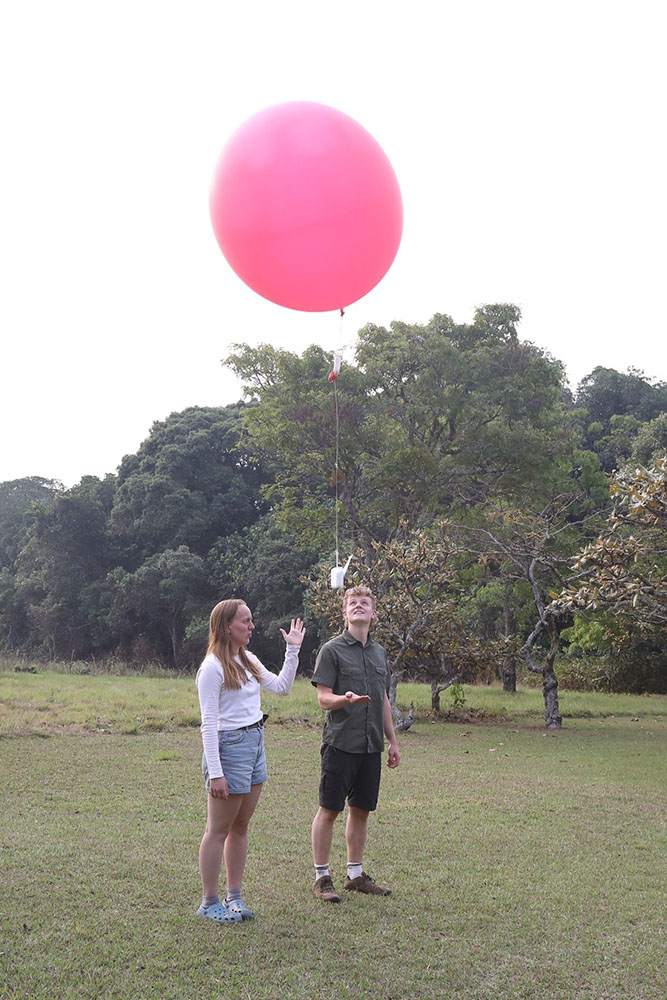
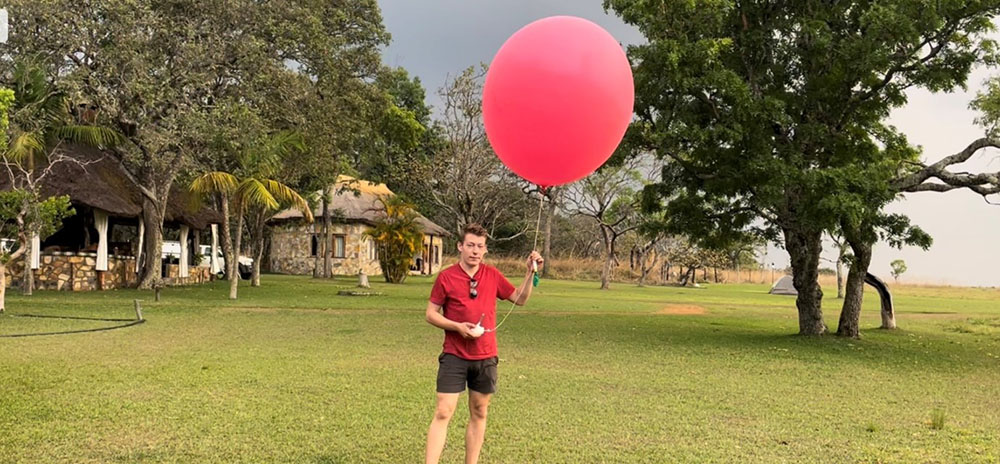

First year DPhil student, formerly SoGE undergraduate, winner of H.O.Beckit prize in 2022, Charlie Knight in the office at Nchila Camp, NW Zambia

Richard Washington and Sebastian Engelstaedter, headwaters of the Congo River, Democratic Republic of Congo

DRYCAB postdoc, Callum Munday, prepares a weather balloon at Nchila Camp, NW Zambia
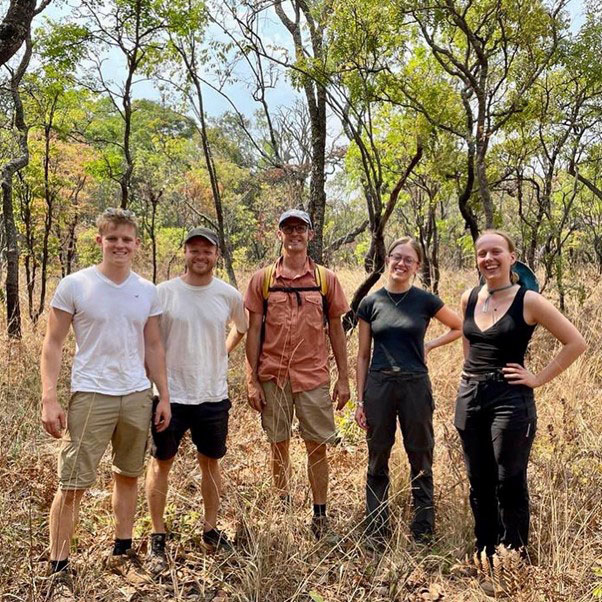
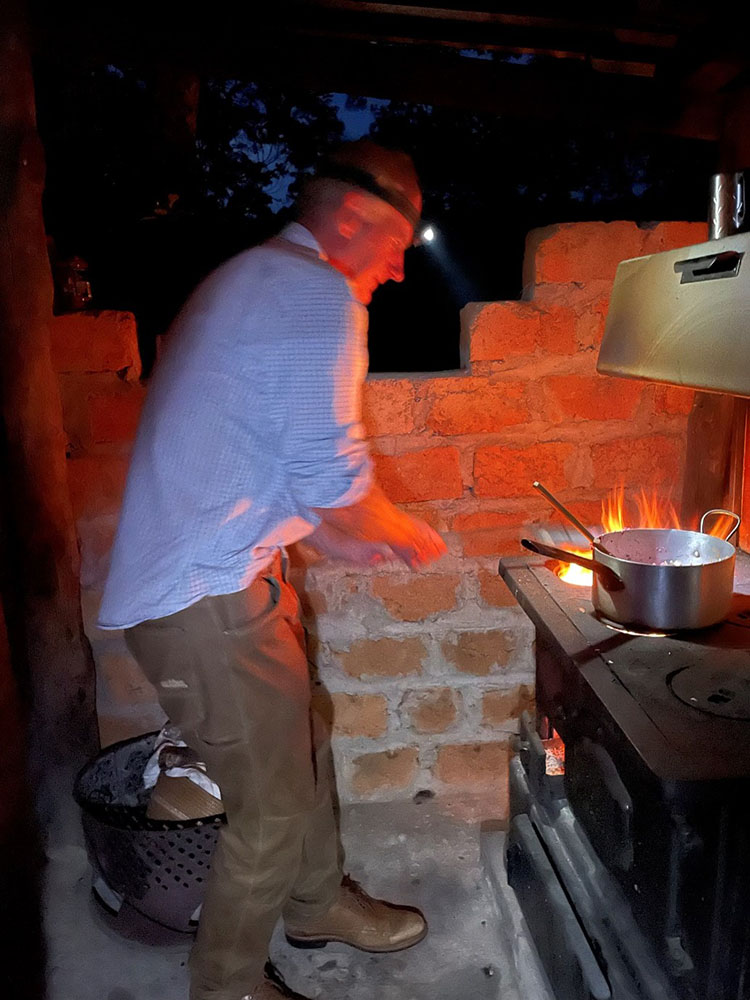
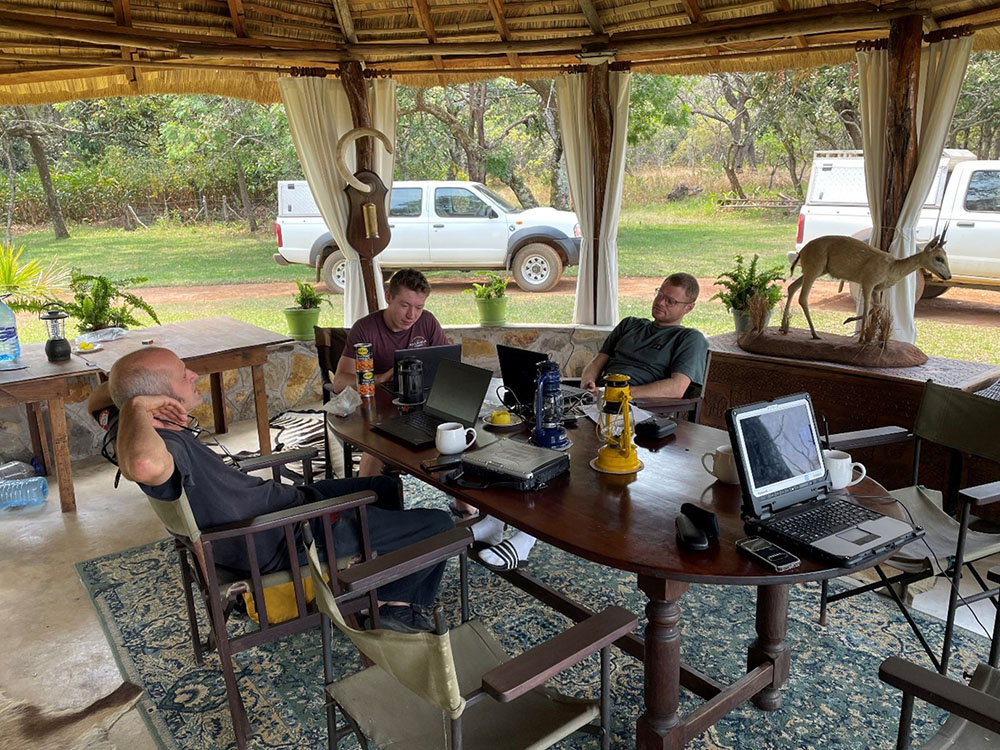
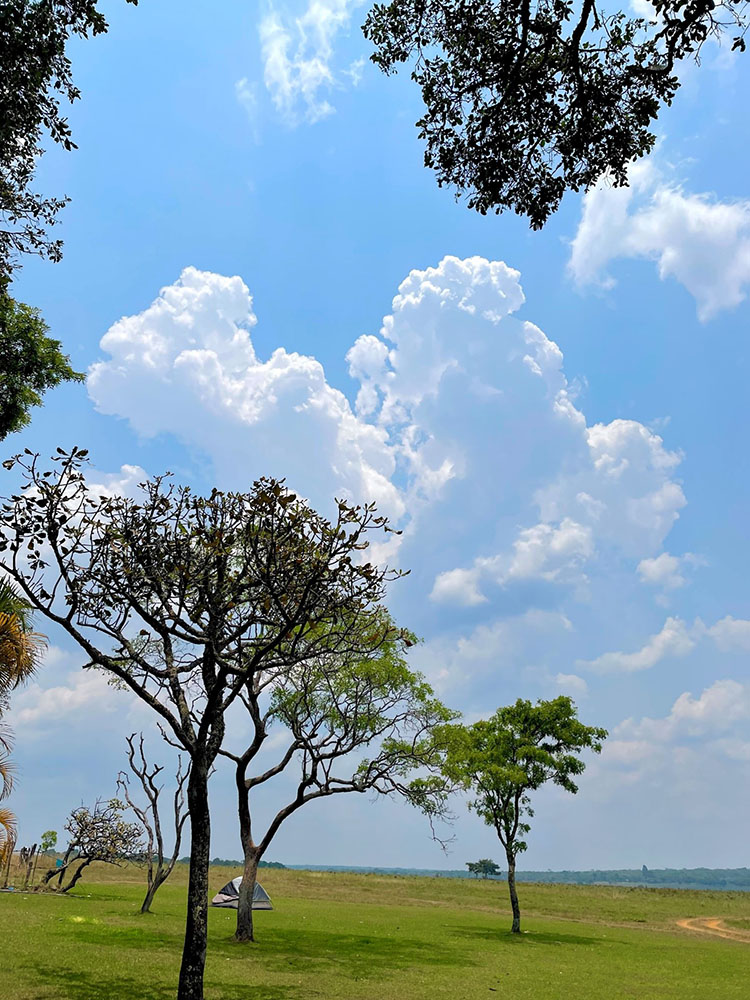
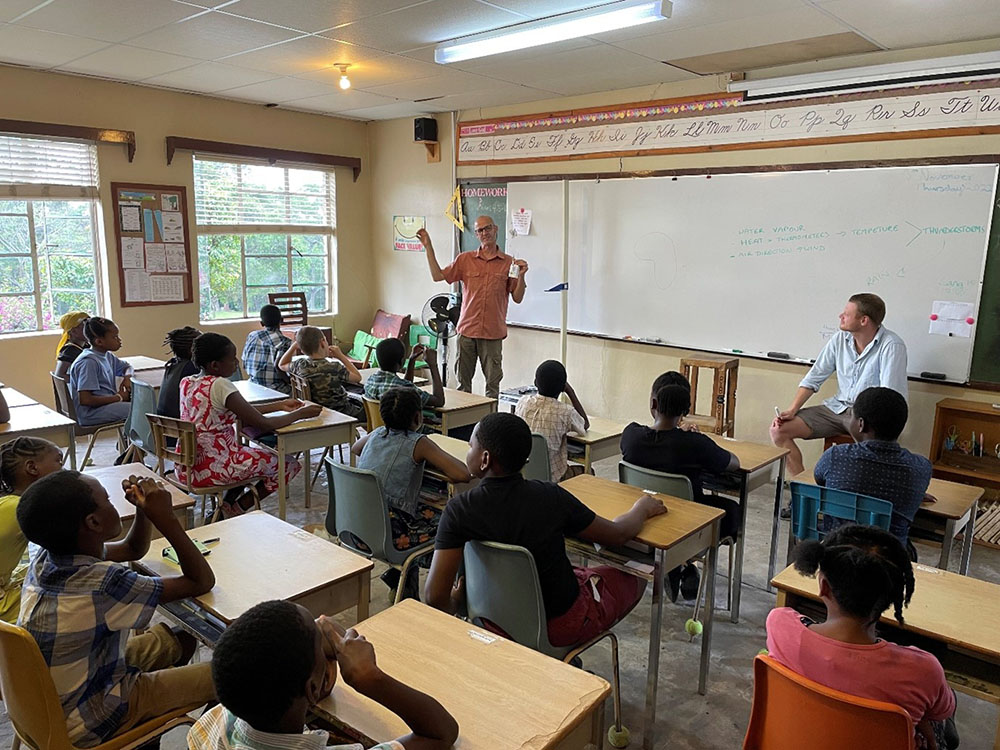
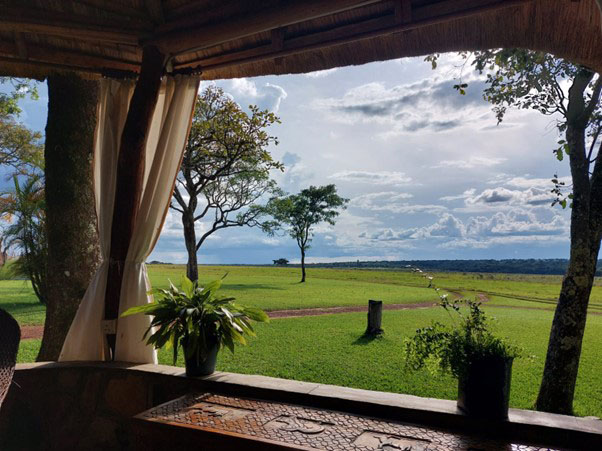

SoGE research in North-west Zambia: DRYCAB Project
Climate change is expected to impose a considerable burden on the southern African region as it is one of two land-based areas of the planet where large-scale drying is projected to occur in future decades. A lot of the early summer drying is expected to result from the late onset of the rains after the six month long dry season. However much of what we know depends entirely on models rather than observations. In an effort to sharpen our understanding, a team from Oxford joined up with the Zambian Met Department from August to November 2022 to compile a comprehensive dataset on the onset of the rainy season as part of the NERC funded DRYCAB project.


